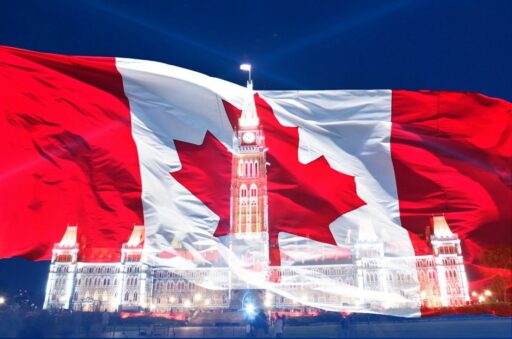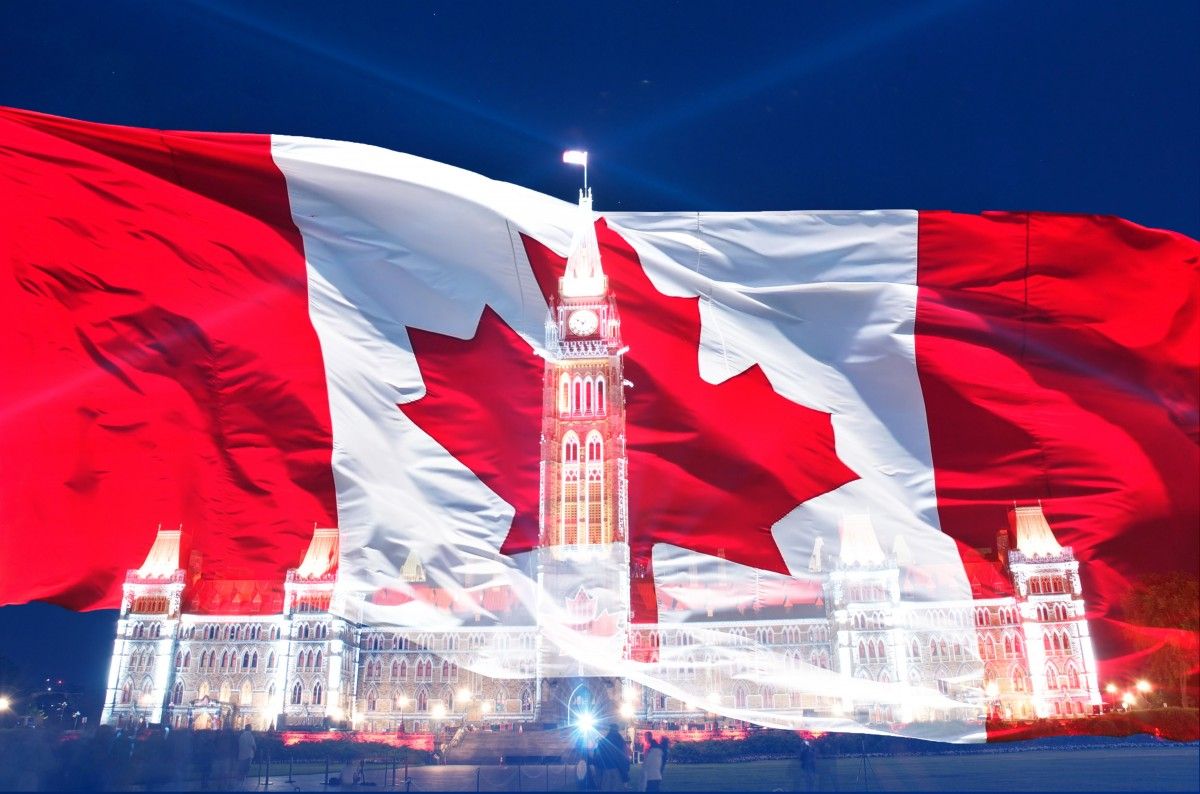In October 2018, Canada marked a historical shift in drug policy by legalizing cannabis with the introduction of the Cannabis Act. This landmark legislation has had broad implications for public health, access, and the legal landscape. As Canada navigates the evolving realities of cannabis use and its regulation, understanding the current status and future directions of marijuana legality is essential for individuals, healthcare professionals, and policymakers alike.
Key Takeaways
- Cannabis legalization in Canada was a significant policy change, moving from prohibition to a regulated market to minimize risks.
- The majority of Canadian cannabis consumers have shifted from the unregulated market to the legal, regulated marketplace.
- Access to cannabis, including for medical purposes, varies geographically, with notable challenges in Northern regions.
- Concerns persist regarding the medical cannabis system, with calls for improved access and increased clinical knowledge.
- A legislative review in 2024 is set to evaluate the Cannabis Act, with potential adjustments to address ongoing issues and trends.
Overview of Cannabis Legalization in Canada

Historical Context and the Shift in Policy
The journey to cannabis legalization in Canada has been marked by significant shifts in policy and public perception. The legalization of cannabis was a major policy shift in Canada, reflecting a transformation from prohibition to a regulated market. This change was not only legal but also cultural, as it represented a broader acceptance of cannabis use within Canadian society.
Prior to legalization, cannabis was largely governed by prohibitionist laws that criminalized its possession, sale, and production. The shift towards legalization began with incremental changes, such as the introduction of medical marijuana regulations, and culminated in the enactment of the Cannabis Act of 2018. This Act represented a comprehensive framework for the control and regulation of cannabis to ensure public safety, protect youth, and displace the illegal market.
The Cannabis Act of 2018 marked a historic turning point in the approach to cannabis, setting the stage for a legal and regulated industry.
Since legalization, there has been an ongoing need for continuous assessment and adaptation of the regulatory framework. This is particularly important as the public health and public safety approach remains a priority in the face of new challenges and opportunities within the cannabis market. The table below outlines key areas of concern that have emerged post-legalization:
| Area of Concern | Description |
|---|---|
| Youth and Children | Ensuring protection and education to prevent underage use. |
| Indigenous Communities | Addressing unique challenges and supporting participation in the legal market. |
| Research Barriers | Overcoming limitations on cannabis research to inform evidence-based policy. |
| Equity-Deserving Groups | Understanding and addressing the impacts of legalization on various communities. |
As Canada continues to navigate the complexities of a post-prohibition era, it is clear that the conversation around cannabis is far from over. The country’s experience serves as a case study for other nations considering similar reforms.
The Cannabis Act of 2018 and Its Implementation
On October 17, 2018, Canada marked a significant shift in its approach to cannabis by enacting the Cannabis Act, setting the stage for a comprehensive legal framework aimed at controlling and regulating access to cannabis. The Act’s primary goals were to protect public health and safety, particularly by ensuring a quality-controlled supply and deterring illicit activities through a series of criminal offences and sanctions.
The implementation of the Act involved establishing control measures, such as restricting youth access and providing adults of legal age with regulated cannabis. A key aspect of the Act was the balance between public health and safety objectives and the provision of access to regulated cannabis for adults. This balance was crucial in achieving the government’s policy goals without increasing cannabis use among the population.
The successful implementation of the Cannabis Act relied on the viability of the industry, with a commercial production model that necessitated financially viable private sector participants to supply the legal market.
The Act also introduced a framework for controlling access to cannabis for adults, including measures like age restrictions, possession limits, and promotion restrictions. These measures were designed to minimize the risks associated with cannabis use while providing a regulated supply to those who choose to use it.
Current Legal Framework and Access to Cannabis
Since the Cannabis Act came into force on October 17, 2018, Canada has established a comprehensive legal framework to control the sale, possession, and production of cannabis. This framework aims to protect public safety and public health, while displacing the illicit market by providing legal, regulated sources for adult consumers.
Access to cannabis, particularly for medical purposes, has evolved. The legalization of cannabis altered the landscape for medical access, which was previously the only legal means during the absolute prohibition era. Now, consumers can legally obtain a variety of cannabis products, although the government maintains certain restrictions to balance public health and safety objectives.
The Cannabis Act’s implementation sought to strike a balance between multiple objectives, including protecting public health and safety and ensuring access to quality-controlled cannabis. The Task Force’s advice to the Government of Canada highlighted the need for a balanced approach to achieve the desired public policy outcomes.
While the legal framework has been successful in many respects, it continues to be a work in progress, with ongoing adjustments and reviews to ensure it meets its intended goals.
Public Health Implications Post-Legalization

Transition from Unregulated to Regulated Markets
The transition from unregulated to regulated markets in Canada marks a significant shift in the cannabis industry. Most Canadian cannabis consumers have transitioned from the unregulated market to the legal marketplace, according to data provided by Health Canada. This move has been facilitated by efforts to reduce the regulatory burden on the industry, making it easier for legal entities to operate and compete with illicit market players.
The regulated market aims to address the illicit market by introducing stringent product regulations and ensuring consumer safety. Industry stakeholders have been proactive in advocating for changes that provide more information about products within the confines of the Cannabis Act.
The current market conditions suggest a positive trend towards a fully regulated environment. Consumers now have access to a variety of legal cannabis products, with the industry standing ready to introduce further product regulation to enhance consumer knowledge and trust.
Impact on Medical Cannabis Access and Use
The legalization of cannabis in Canada has significantly altered the landscape of medical cannabis access. Patients and healthcare providers have expressed concerns regarding the effectiveness of the current system. There is a sentiment of frustration among various stakeholders, including medical regulatory bodies and law enforcement, over the challenges faced in accessing cannabis for medical purposes.
Despite legalization, the anticipated improvements in clinical knowledge and the reduction of stigma surrounding medical cannabis use have not been fully realized. Many patients still struggle to obtain medical cannabis from licensed sellers, highlighting a gap between policy intentions and real-world experiences.
The need for a distinct medical access program is evident, with calls for enhancements to better support patients and their caregivers. This program should address the complexities of managing symptoms and conditions with cannabis, especially in the absence of its approval as a pharmaceutical drug.
A summary of key concerns includes:
- Reasonable access to licensed sellers
- Clinical knowledge and education
- Stigma around medical cannabis use
- Regulatory and enforcement challenges
Ongoing Concerns and Recommendations from Health Professionals
Health professionals continue to express concerns regarding the authorization of high daily amounts of cannabis. Health Canada is urged to intensify its scrutiny and use its regulatory powers to mitigate risks to public health and safety. This includes the potential refusal or revocation of applications that could pose a threat.
Health professionals recommend maintaining current limits on cannabis access, emphasizing the need for research to address knowledge gaps, particularly concerning youth.
Health authorities are also advised to bolster health and wellness supports that are culturally sensitive and trauma-informed, especially for Indigenous communities. This should be done in partnership with First Nations, Inuit, and Métis groups to ensure the supports are distinctions-based and culturally appropriate.
- Recommendation 49: Strengthen clinical justification requirements for high cannabis dosages.
- Recommendation 16: Enhance culturally appropriate health supports in partnership with Indigenous communities.
Geographical Variations in Cannabis Accessibility

Differences in Access Across Provinces and Territories
In Canada, the distribution and retail sale of cannabis is controlled by provinces and territories, leading to a patchwork of accessibility. Retail stores are the primary avenue for legal cannabis, but the number of stores varies, with some regions having a higher retail density than others. This discrepancy is particularly pronounced in rural and remote areas, where access is often limited to larger population centers.
The challenges of accessing legal cannabis are not uniform across the country, with certain communities facing unique hurdles.
For Indigenous communities, the situation is even more complex. Provinces and territories have been encouraged to provide more flexibility in their distribution and retail systems to accommodate Indigenous-owned and operated stores. However, progress has been slow, especially in areas with public control of retail sales, which has raised concerns about the potential for illicit sales and related harms.
The following table illustrates the variation in retail store density across select provinces and territories:
| Province/Territory | Retail Stores | Population | Stores per 100,000 People |
|---|---|---|---|
| Province A | X | Y | Z |
| Province B | X | Y | Z |
| Territory C | X | Y | Z |
Note: The table is for illustrative purposes and does not contain real data.
Challenges in Northern Regions
The northern regions of Canada face unique obstacles in the cannabis market, primarily due to their remote locations and the logistical complexities involved. Access to legal cannabis is significantly hindered in these areas, with physical retail stores being scarce and often only found in larger population centers. This situation is further complicated for Indigenous communities, such as the Inuit and M\u00e9tis, who require culturally appropriate and trauma-informed health services, including access to cannabis for both medical and recreational use.
The challenges selling product to provincial and territorial distributors are exacerbated in the North. These include volume requirements that are difficult to meet for smaller producers, reliance on competitors for distribution, and restrictions that prevent cultivators from selling directly to distributors.
Observation from stakeholders suggests that provinces and territories should introduce more flexibility in their distribution and retail systems. This could involve incentives like lower mark-ups and the establishment of Indigenous-owned and operated retail stores, especially in areas with public control of retail sale. Without such measures, there is a risk that illicit sales will continue to flourish, bringing along associated harms.
The Role of Local Municipalities and Law Enforcement
Local municipalities, alongside law enforcement agencies, are integral to the effective regulation and control of cannabis within communities. The local government, fire authorities, and police forces are tasked with a collaborative approach to ensure compliance with the Cannabis Act. This includes addressing the criminal offenses outlined in the Act, with a particular emphasis on combating organized crime and the illicit cannabis market.
Law enforcement agencies are encouraged to prioritize cannabis-related criminal activity, especially those linked to organized crime. Health Canada also plays a supportive role by assisting law enforcement in confirming the legitimacy of individuals authorized for personal cannabis production for medical purposes.
The following points highlight the responsibilities and focus areas for local law enforcement:
- Enforcing criminal offenses under the Cannabis Act.
- Targeting organized crime and criminal networks involved in cannabis.
- Preventing the diversion of cannabis from registered personal and designated production sites.
- Addressing unauthorized cannabis retail operations, particularly on First Nations reserves.
- Collaborating with regulatory authorities to combat the illicit cannabis market.
Local municipalities and law enforcement must navigate a complex landscape of regulatory responsibilities, community safety, and public health concerns, all while balancing the nuances of local contexts and the overarching federal framework.
Legislative Review and Future Directions

Expert Panel Findings and the 2024 Legislative Review
In September 2022, the Minister of Health and the Minister of Mental Health and Addictions and Associate Minister of Health appointed an independent Expert Panel to conduct a comprehensive review. The Panel’s mandate was to assess the administration and operation of the Cannabis Act, with a focus on public health, social, and environmental impacts.
The Panel’s recommendations included the need for periodic independent reviews to monitor the impacts of the legislation. Specifically, Recommendation 53 urged Health Canada to develop an amendment for such reviews, emphasizing the assessment of social equity impacts. Furthermore, Recommendation 54 called for ongoing evaluations of the cannabis program, with adjustments made as necessary.
The Expert Panel’s consensus was that additional information is crucial for informed decision-making. This includes further analysis of the Standing Senate Committee’s recommendations and Veterans Affairs Canada’s program management review.
The Panel’s work was supported by the Legislative Review Secretariat within Health Canada, which provided essential administrative and research assistance. The collaborative effort underscores the government’s commitment to a transparent and informed legislative process.
Adjustments to the Cannabis Act and Regulatory Policies
Following the comprehensive review of the Cannabis Act, a series of adjustments have been proposed to refine the regulatory framework. These adjustments aim to address the challenges faced by cannabis businesses, including the reduction of bureaucratic hurdles and the taxation structure, which have been critical in the ongoing competition with the illicit market. The recommendations emphasize the need for a more dynamic regulatory approach to effectively balance public health objectives with industry viability.
- Prohibition of unauthorized sales
- Public possession limit of 30 grams of dried cannabis
- Home cultivation limit of 4 plants per dwelling
The legislative review highlights the necessity for continuous evaluation and timely modifications to the Cannabis Act to ensure its objectives are met.
The proposed changes also include regular independent reviews and ongoing evaluations by Health Canada, as suggested in Recommendation 54. This iterative process is crucial for the Act’s success and the overall health and safety of the public.
Anticipated Trends and Evolving Cannabis Legislation
As Canada continues to navigate the complexities of cannabis legislation, anticipated trends suggest a dynamic future for both the industry and regulatory frameworks. The legal landscape is expected to evolve, addressing the increasing prevalence of potent cannabis products and the economic forces driving market prices.
The focus is likely to shift towards fine-tuning regulations to balance public health concerns with industry growth and innovation.
Key areas of legislative attention may include:
- The economic, social, and environmental impacts of the Cannabis Act.
- Measures to ensure adult access to regulated, lower-risk cannabis products.
- Strategies to further deter criminal activity and displace the illicit market.
- The implications of legalization on medical cannabis access.
- The effects on Indigenous Peoples, racialized communities, and women, who may face greater risks or barriers.
These considerations will be crucial as Canada prepares for the expert panel findings and the 2024 legislative review, which will likely lead to adjustments in the Cannabis Act and its regulatory policies.
Conclusion
As Canada continues to navigate the complexities of cannabis legalization, it is clear that the policy shift has significantly altered the landscape of cannabis consumption and access. While the transition from an unregulated market to a legal framework has been largely successful, with most Canadians now purchasing from legal sources, there remain challenges and disparities, particularly in medical access and geographical distribution. The concerns of patients, healthcare professionals, and law enforcement highlight the need for ongoing evaluation and adaptation of the regulatory system to ensure it meets the needs of all Canadians. As the evidence base grows and the market evolves, Canada’s pioneering journey with cannabis legalization will undoubtedly offer valuable insights and lessons for both national and international observers.
Frequently Asked Questions
When was cannabis legalized in Canada?
Cannabis was legalized in Canada on October 17, 2018, when the Cannabis Act came into force.
Can all adults in Canada legally purchase and possess cannabis?
Yes, all adult Canadians can legally purchase and possess cannabis, and in most provinces and territories, they can also grow up to 4 plants.
Has the transition from unregulated to regulated cannabis markets been successful?
Most Canadian cannabis consumers have transitioned to the legal marketplace, indicating a successful move from unregulated to regulated markets.
Are there any concerns regarding access to medical cannabis post-legalization?
Yes, there are concerns about reasonable access to cannabis for medical purposes, with issues raised by patients, health care professionals, and regulatory bodies.
How has the legalization of cannabis impacted the clinical knowledge and stigma around its medical use?
Legalization has not significantly improved clinical knowledge about cannabis for medical purposes, and there continues to be stigma around its use.
Is access to legal cannabis uniform across Canada?
No, there are geographical differences in ease of access to legal cannabis, especially in northern regions of Canada.





